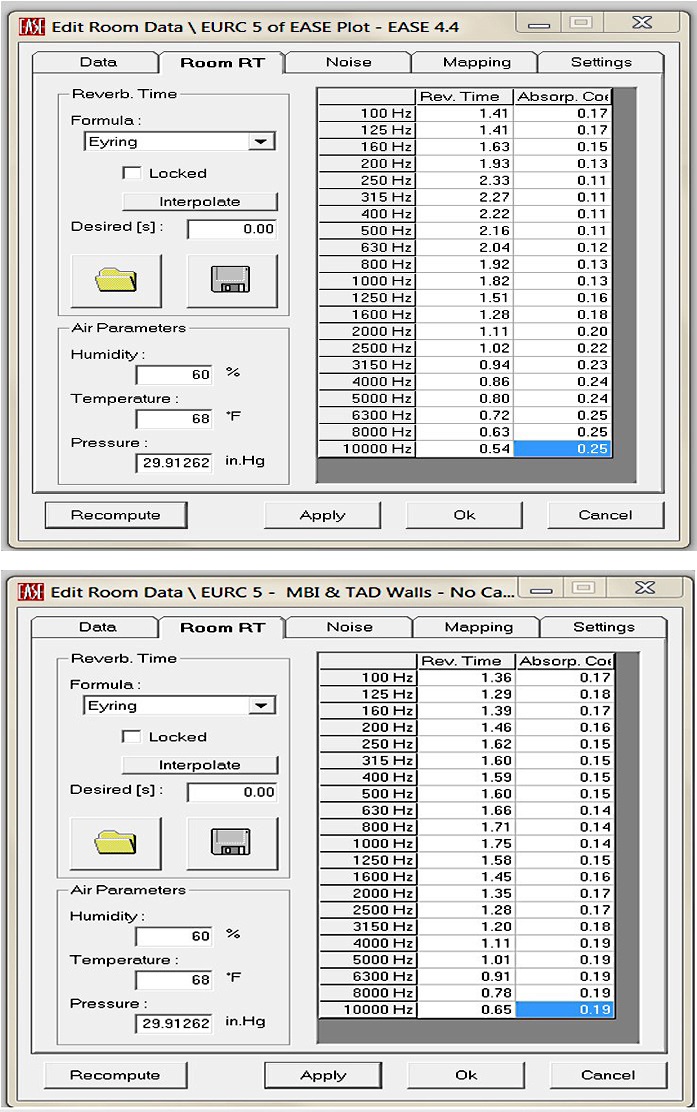
Never tell an integration company that cost is no object. Trust us when we say, “You have no idea how much damage they can do to your bank account.” A $100,000-dollar system can quickly turn into a $200,000-dollar project by upgrading just one piece of equipment from good to best; such as the mixing console.
Here are two critically-important tips: First, the upper mid-range of the pro AV market is the sweet spot. Here you land in the “better” budgetary slot, but generally, get the best bang for your buck. Second, once you’ve determined your budgetary slot, make sure the designer stays in that lane throughout the design. It’s never desirable to connect a few high-end pieces of equipment to a low-end signal path. It will probably work, but it’s a big waste of money. Think weakest-link-in-the-chain theory.
Brand Flexibility
Well-established integrators are able to offer, buy direct, and support a wide range of brands. Beware of contractors that only offer a narrow range of hardware options.
There are many reasons to be cautious here, such as bad credit ratings or poor service records. Most manufacturers screen their potential vendors carefully, some much more carefully than others. Additional factors that should be addressed include:
— Requesting weekly status reports. These can be as simple as sending a weekly email to the client stating, for example, “Everything is on track” or noting problems such as, “The painters are a week behind schedule. If this continues much longer it will impact our ability to do our work, which may impact the project completion schedule.”
— Industry trade and training affiliations. Sustaining membership and participation in industry organizations such as AVIXA, NSCA, AES, NAB, SMPTE, and SynAudCon are another good indicator that the integration firm is seriously committed to the industry in general and has made a commitment to professionally educate and certify its employees.
— Scheduling and coordination with other trades. When working on new construction projects, AV system integration is considered a “late” trade. It’s common for the AV installation schedule to be highly compressed because other “earlier” trades are running behind schedule, while the owner still demands a specific completion or “first use” date. While we all wish this was not an all-too-common scenario, well-established integrators figure out ways to adjust and adapt because they recognize there is little they can do to prevent construction delays caused by others.
Generally, the best way to minimize scheduling and coordination conflicts is for owners to issue a contract to their chosen integrator as early as possible in the project schedule. This may seem counter-intuitive, but it’s not. There are many preliminary designs and/or submittal steps the integrator must complete, plus there are also many review and coordination actions that can and should be ongoing, months before any equipment is ordered or wire pulled.
Experienced integrators will have worked under these conditions for many years and know how to best manage and mitigate the obvious challenges that arise. For example, integrators should carefully monitor the progress of the job site, and schedule equipment orders and manpower to be ready just ahead (one to four weeks depending on scale and complexity) of the date(s) the job site is actually ready for them to do productive, onsite work.
A classic example of bad planning and coordination looks like this: Too often the AV contractor isn’t engaged until after the electrical contractor’s power budget, and underground and rough-in conduit and raceway work are well past the point of no return. When mistakes are found, the time and cost of a workaround solution is often prohibitive. The bottom line is that time and money are wasted and/or the end product is substantially compromised.
— Supply chain disruptions. There were numerous supply chain disruptions in 2011 caused by problems ranging from raw material shortages to flooding in the Eastern U.S., to the tsunami and reactor problems in Japan. In such cases, integrators must quickly recognize, evaluate, and confirm the impact of such “global” issues with their vendors.
Then they must be able to maneuver and/or substitute all impacted products so their projects are operational on time, or with minimal delays while meeting all substantial completion deadlines. Be sure to ask any integration partner you’re considering working with how they’ve handled such scenarios.
— Inventory control. Integrators must monitor and properly maintain their base-line stocking inventory on items such as bulk cable, rated rigging hardware, connectors, and common accessories. Therefore, ask potential integration partners how they manage their stocking inventory. If the names Home Depot or Lowe’s come into their response, say “thank you very much” and move on.
— In-house fabrication shops. Does the integrator have in-house paint, wood and/or machine shops for custom work? These are helpful in many ways related to cost and time savings.
Can the integrator fabricate custom rack and wall panels to spec? Can they provide laser engraving on their panels? Can they build custom equipment racks? Can they match custom colors and finishes if needed? Be sure to find out.
In part 3 of this series, we’ll conclude with an in-depth discussion of intangible risks involved in this process.
